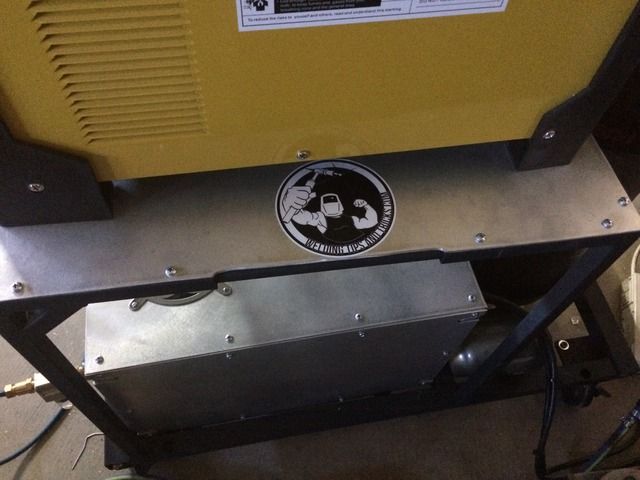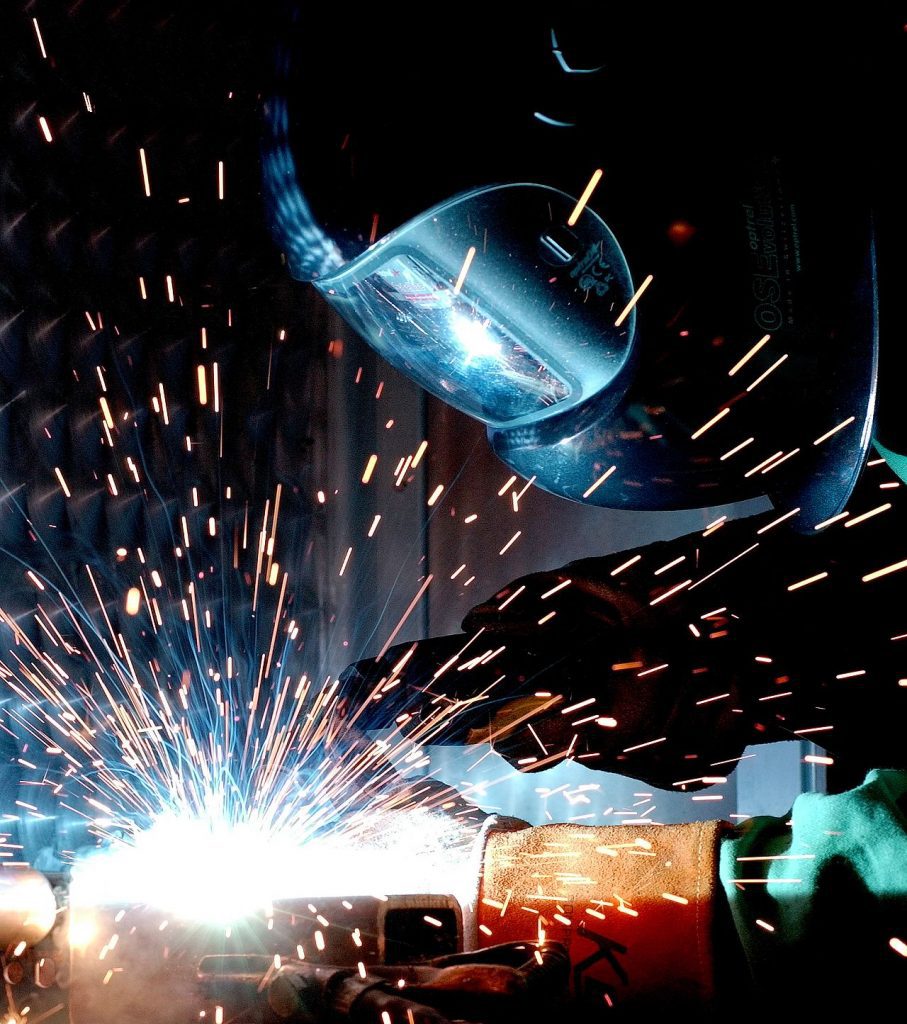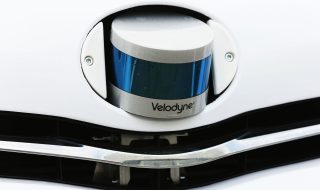
Welding—to an ordinary person—can look simple. On the surface, it’s the art of joining two metals together using electrodes. However, that’s not all. Welding goes beyond that simple definition. Plus, welding is divided into several types. This article is going to walk you through different types of welding—helping you understand the type of welding you require for your explicit project. Among other things, you will also learn about the advantages of each welding technique and how to choose the best welding cooler. Keep reading!
Choosing the Right Technique
Before diving into different types of welding techniques, here is how to choose the right technique for your project’s explicit needs.
Material Thickness
When it comes to choosing the right welding technique, nothing takes center stage quite like the thickness of the material to be welded. It’s important to note that thinker material will require more time and a higher amount of electrical current. This higher amount of current will be used to power on the welding machines.
Types of Welding Techniques
The following are common types of welding techniques:
Arc Welding
As one of the most common types of welding, arc welding is cheaper. This makes it an ideal option for those looking to cut down on the cost of completing a project. This type of welding involves the creation of an electrical current between the material to be welded and the welding device. This technique has been in use for over 200 years.
Gas Metal Arc Welding
Gas Metal Arc Welding is another popular type of welding. Abbreviated as GMAW, this type of welding is automated and is used in industrial applications that want to save time. Also regarded as a metal inert gas (MIG), Gas Metal Arc Welding is a versatile welding technique that is commonly used in the automotive industry. This technique, which was discovered during the 1940s, utilizes an electric gun and a shielding gas. When the welding gun strikes an electric arc, it distributes the shielding gas.
Shielded Metal Arc Welding
Shielded welding is another common type of welding. As a popular modern-day welding technique, shielded metal arc welding uses a consumable electrode that is coated with flux. An electric current is then driven from a power supply into the arc and the electrode. It’s then directed between these two components and the material to be joined. The flux disintegrates—leaving the vapor to serve as the shielding gas. The vapor also acts as the slag layer. Popular in constructing steel structures as well as industrial fabrication, this type of welding is versatile and simple. This makes it a popular choice for those looking for simplicity.
Flux-cored Arc Welding
Abbreviated as FCAW or FCA, the flux-cored arc welding is a type of welding that demands a welder to continuously feed the consumable tube electrode that contains flux as well as constant voltage. You can also use a constant power supply when doing FCA welding. Normally, the flux tends to produce shielding gas in addition to a slag. Invented in the 1950s, this technique is common in the construction industry. The flux-cored arc welding is characterized with high welding speed. Plus, the technique is highly portable—making it ideal for civil engineering construction projects.
Gas Tungsten Arc Welding
The GTAW—also known as TIG—is a Gas Tungsten Arc Welding technique that relies on a non-consumable tungsten electrode when it comes to welding a material. This technique involves protecting the weld area with shielding gas and using a filler material. Ideal for thin sections, the TIG is used to weld stainless steel, magnesium, as well as copper alloys. The only downsides with this welding technique is that it is comparably complicated to implement and slow to execute.
Plasma Arc Welding
Another popular welding technique is the Plasma arc welding. Abbreviated as PAW, this welding technique is similar to GTAW. The technique relies on the formation of an electric arc between the materials to be welded and the electrode. However, the plasma is separated with the help of a torch. This method generates high temperatures. Thus, it tends to create deep welds. The good thing with this type of welding technique is that it achieves greater accuracy. That’s why it’s commonly utilized in the aviation sphere.
Submerged Arc Welding
With SAW, an abbreviation for submerged arc welding, you are required to continuously feed consumable solid and electrode. This produces a molten weld—which must be protected from sparks as well as splatter. This is done by submerging it in granular flux that consists of lime, silica, calcium oxide, as well as magnesium oxide. The good thing with this type of welding is that it increases productivity by 4-10 times that of shielded metal-based arc welding. It’s also important to note that the submerged arc welding process can be either automatic or semi-automatic. However, the horizontal welds limit this technique. This method is common in high speed based sheet welding.
Other Techniques
Other types of welding techniques include:
- Ultrasonic vibrations
- Explosion welding.
Process vs. Air Conditioning Chillers
- Chillers are divided into two types. They include:
- Process chillers
Air conditioning chillers
Process Chiller
Process chillers are designed to work at different temperatures and fluid rates. Also, they can work with different fluids. You can count on process chillers to work with multiple pumps or cooling loops—making them an ideal choice for process engineering. Normally, process chiller systems come with pumps and reservoirs. In terms of energy efficiency, these types of chillers are impressive. They follow the Non-Standard Load Value-based rules.
Air Conditioning Chiller
On the other hand, the air conditioning chillers are explicitly designed to operate one temperature and one flow rate. Also, they can only run one type of fluid.
The Bottom-Line
Each engineering project is unique. It requires a different welding process. That’s why you need to understand different types of welding processes. Also, you need to understand different types of chillers on the market. The above article contains all you should know regarding different types of welding techniques and different types of chillers. With this information, you can easily choose the right welding technique and chiller for your explicit project.





